Amon Düül | Helge Felenda
Amon Düül consisted of a very interesting group of individuals interested in art and way of living. The group became well known for their LSD-influenced free-form musical improvisations.
Later on the group splintered in two with the Amon Düül II continuing to release progressive albums, but it’s interesting to see how the initial spark initiated these free thinking people. Amon Düül engaged in exuberant open-ended experimentation, with a focus on political commentary. The members were close to Kommune 1 in Berlin and boasted, for a time, a prominent member in the model and activist Uschi Obermaier. Amon Düül signed a contract with the company Metronome Records, and continued for several years. They wound down in 1973 after releasing four official albums (and a posthumous fifth), though all except one were recorded at the 1968 sessions for their debut.
“Important to have a glimpse of another world”
Helge Felenda: Begin with the beginning: When I was with two classmates sitting in the green grass of a public garden in the Summer of 1956 at my father’s in Esslingen equipped with a portable record player, we listened to the newest export of the USA – Elvis Presley ‘Don’t Be Cruel’. I met the other two expectantly, but cluelessly. What came to my ears were not only for the ears. The music was running in waves through my body. That was really something else than “Komm mit nach Varasdin, so lange noch die Rosen blüh’n.”
I grew up in the very south of Germany called Allgäu and there I went to school every day in the morning. But before school I was listening to AFN (American Forces Network) which actually became my real teacher. The American forces were parked in southern Germany to watch over the Germans so that they wouldn’t become Nazis again. But nobody had to worry – on the contrary a whole bunch of “Biedermänner und Frauen” developed in this country.
It was a mixture of folk and rock music of that time. I remember Hank Williams’ ‘Jambalaya (On the Bayou)’ and a Nat King Cole song “You’re so like the lady with the mystic smile” called ‘Mona Lisa’. I also remember Eddie Cochran with ‘Summertime Blues’. At the same time the American Forces were busy in Korea to fight communism which they did later also in Vietnam and felt until today the “war on terror” in Iraq. You should have that in your mind when you go “Rockin’ in the Free World!”
I lived with my grandparents, but in the late fifties I was about to meet my mother in Berlin where she was in the midst of a circle of artists such as painters, photographers, writers and musicians – actors not to forget. No it was the jazz which I came nearer. There were a lot of clubs also in the hands of members of the American Forces (Berlin was divided like Germany in four zones). There was jazz and soul played both in a dancing mood.
One day in Berlin the scene was visited by Gregory Corso. A writer of the beatnik era was in town. The whole community was electrified by this representative of American culture (hip culture) – who else could better shout out the latest cry than an artist from “über-dem-großen-Teich”. His poem “BOMB” is something you could read now again with the same justification as at that time. To my mother he said: “With you I will go eat another jam bread.”
A couple of years later the Leopold brothers and Chris Karrer went to a boarding school in Marktoberdorf (Allgäu). One of their teachers was Gerlach Bommersheim who brought them together with modern jazz. Not yet knowing one of them, I saw a musc group in Augsburg in a jazz cave. The violinist had a wild solo which sounded more like a gypsy music than jazzy while he was playing a piece by Paganini. That was Chris Karrer. He was the only one who had an official education as an artist. All the others felt committed to art.
Ulrich Leopold I met in London where I got my first acid. We took it together in Notting Hill Gate and nothing spectacular happened. I went inside myself and had a lot to turn and to look at, but all in all a silent meditation. Later on when the group started to live together we had an initial “acid session” under the instructions of Timothy Leary’s book about acid (Turn on, tune in, drop out). We prepared for at least a two week long session. We had a clue that it would be important to have a glimpse of another world. Preparation also included the selection of new music. Therefore I went with Schrat (Christian “Schrat” Thierfeld) to our record shop in Schwabing. And there we captured three very different albums – one of them ‘Tanyet’ by The Ceyleib People. Some musicians I already knew: Larry Knechtel, Jim Horn, Jim Gordon and Ry Cooder were the ones to be remembered. But nobody has known Lybuk Hyd (Mike Deasy). After celebrating our togetherness we had controversial speeches which were apparently necessary and later we moved on to the selected music.
For me it was fantastic. I had a breakdown because of enthusiasm. It is a crossover between Indian sitar music, classic chamber music and rock and roll. ‘Tanyet,’ “…the land where men walked with gods seeking knowledge, discovering the earth.” But also: “Driven out of existence by man’s inability to accept love without hate…” These words are cover notes. Founding out how to turn on a tape in addition to the record player has the effect that due to the small delay during playback the room is enlarged and you can hear music as if you are in a dome.
“We were determined to turn our backs on this society”
At last, but not least, Reyner Bauer. On the contrary he was the only self-sufficient musician who could have performed alone. We met after he deserted from the Austrian army. He had to go outside his country in order not to be followed. He stood in front of the door where Angelika (Filanda) and I lived in Augsburg. Our address was a tip to stay overnight for hitchhikers. After some small talk we came into an extensive one. Later on I realized that we both had an Habsburg background. Reyner took his guitar and played a song out of his own compositions. Then it was perfectly clear that such an artist did not have to be in the army.
In the Spring of 1968 we had moved together into an apartment in Munich at the Prinzregentenstraße. We were twelve people – four of them practicing musicians, three women Ella (Eleonora Romana Bauer), Angelika and Renate (Knaup), as well as Wolfgang Krischke, Falk Ulrich Rogner and Romana, the daughter of Reyner and Ella and Joris, the son of Angelika and me.
If somebody already has experienced what goes on in a commune or commune-like constellations will know that they are always busy because it is so much to communicate. But in the beginning we weren’t a commune, more like a bunch of music addicts. And we were determined to turn our backs on this society.
“Everybody wanted to get stoned”
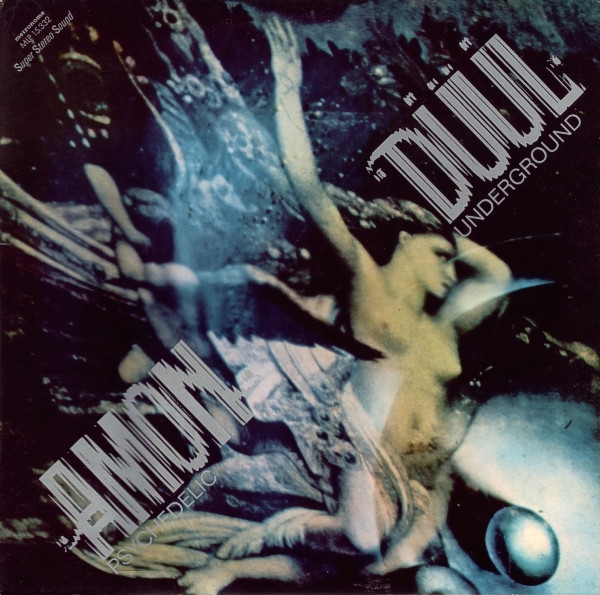
Mainly people live together in “nuclear” families” and they are situated for thousands of years. A smaller collection of people required other recipes for coming together. From the beginning there was a very positive factor: Success of the music group – there were some gigs which had a positive echo and one in the “The Blow Up” was an event with euphoric critics in the “Süddeutschen Zeitung.” At the same time the idea came up to extend the music group with the onlookers around. They were already animated by Reyner’s “Acid Stück,” a composition which was created under the influence of acid. It was music for all to make. Everyone took an instrument or something like that and participated in that fluidum with engagement. Of course none of them could play adequately to the professional musicians, but it was a beginning.
After Joseph Beuys “Every Man an Artist,” why not “every man a musician!” Sooner or later we had stood before the great problem of how to be in a music group without making music? We would have stood at the point of to be or not to be. Fortunately the solution came by itself. But it was not without contradiction. Peter Leopold invented the expression “Non-musicians” to draw a line between the creative personage and the ordinary others. But it was too late to stop the not so silent rebellion.
One day in June we made an excursion into the Bavarian woods (Bayrischer Wald) where Schrat came from. After coming back we came into an apartment with empty rooms – the furniture was thrown into one room. After a short while we found out that the taxi drivers from in front of the building were responsible for this burglary. They couldn’t stand these people with long hair and unregulated working hours. And we couldn’t stay there any longer. We moved to Englschalking, a suburb of Munich into a little house with only two rooms and one attic. That was not enough so we put up a tent in the garden. The garage was the practice room. At this time as I said there were already some performances, but to live from this income was not yet possible. That is why the support of parents and friends flowed into the budget but also searched for housing and other. The only thing which was always available: cannabis. Everybody wanted to get stoned. It just seemed like you couldn’t stand to be without it anymore. Nevertheless we were not drug addicts. To look at it from now on allows us to draw the conclusion that living with tuning devices and aids to go inside belongs to the future.
Englschalking was a step into nature, although not discovering nature, but because of the narrowness of the cottage, we stayed outside in the garden. Reyner, Ulrich and I began to play table tennis and we had some exciting matches. In the evenings we went into the garage to rehearse. Now the constellation of playing altogether went into a hot phase: all of a sudden I found myself in the middle of violent arguments (Handgreiflichkeiten). It was over quickly but apparently it was important for the future. It was the sealing of a division. I was astonished that Peter was suddenly on our side.
For the justification of the new formation with the music novices: they came probably nearer to that psychedelic structure which consisted more of long playing pieces with the inclination to produce trance-like conditions. If you go on the net and google “psychedelic” you will first be referred to drugs. I would rather point to the kind of music making. The rhythmically precisely played uniformity allows you to go deeper into an universe where time stands still and you are kept in a state you do not want to leave. To achieve this state can become a single goal.
Now we could indulge in our kind of pleasure undisturbed. There were already several gigs lined up and we now served as a slightly different group. That was certainly a bit unfair to the others left behind.
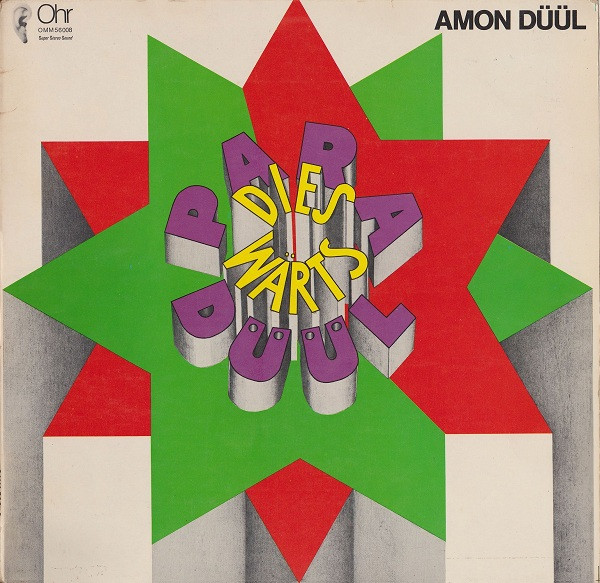
The highlight of the performance series should be the “Essener Songtage” at the end of September 1968. In the meantime Uschi Obermeier, whom I had met through friends, had joined us. In the “FAZ,” a journalist certified a “musical nothing except the hip movements of the rattle-waving woman” Uschi Obermeier. No wonder about that conservative voice.
Half the music world was present in Essen like The Mothers of Invention, The Fugs, Tim Buckley, Alexis Korner et cetera. These are the ones I have seen. Our performance did not have that flow we always strived for. I still remember that Reyner in his sung words pursued the question of what love is. He was in a lyrical mood.
Here we met our future producer Peter Meisel – and we met members of the K1 (the first political commune with Kunzelmann Rainer Langhans, Fritz Teufel und Ulrich Enzensberger). Such could not fail to happen. Since about 1962 I carried the idea around with me to found a commune. Inspired by Mao Zedong who forced the Chinese students to a two-year agricultural work where they lived in communes on the countryside. The K1 had this already realized (in town). They were already where we wanted to be.
They were experienced and again we were novices – this time as the whole group. They also let us feel that right away. Later on when we came to Berlin where we intended to record an album at Peter Meisel’s Hansa Studios we also passed by the K1. Without knowing our (short) history they immediately seized the opportunity to go into the studio with us and mingle with the musicians. When we left Berlin in the direction of our home Villa Alpenblick Happerg near Wolfratshausen we had four guys of the K1 on board. Ulrich Enzensberger with Monika John and another guy. On the other hand Uschi stayed with the K1, more exactly with Rainer Langhans. In a session at the studio Peter Leopold left us abruptly when he was asked not to play so much on the cymbals. But the new members didn’t know what was waiting for them: Without advance money from Peter Meisel we had mainly lard sandwiches as food from mid-November until Christmas. During this time Angelika went to work for her mother and came back with some ransom money. On Christmas Eve there was a meat meal on a neatly laid table. Monika John protested about the “bourgeois” ritual, but nobody followed her. Ten days later we again had to leave our location. This time we splitted again in two parts because our unrestrained “laissez-faire” triumphed. Reyner and Ulrich Ezensberger had a “satirical liaison” and with Ella they went back to Berlin. Angelika, Joris, Ulrich (Leopold), John (Weinzierl) and I moved into a former abandoned car paint shop in Munich.
Thirty years later Ulrich Enzensberger wrote a book about the K1 “Die Jahre der Kommune 1.”. In it you can read a lot about the K1. What I would have been very interested in is that Ulrich has not mentioned a word about the beginning of the comrades in a common home! There was a rumour that they had set themselves in quarantine for two months to avoid contact with the compromising outside world. To go shopping – the only necessity to go out – was realized by two people. The one who has bought something, and the other who took care that no contact happened and vice versa. The training of the subject outside the capitalist context of exploitation requires an extreme approach. Was the K1 not the spearhead of the fun guerilla?
After splitting from the other musicians half, we had a row of performances which confirmed our decision to act as inexperienced and experienced ones in one formation. But we also had situations when we didn’t find each other. Mainly the beginners couldn’t get into a groove sometimes. The whole music was improvised but nevertheless it was not easier to gain a stable state in rhythm. Finally we have taken it as it came. In Augsburg we had a remarkable performance which was particularly long. It was intervened on the part of house inhabitants because it was too loud for them. After we did not react, the power of electricity was switched off. But five people at different drums kept the performance in full volume alive. In Düsseldorf we had a stage act in a beer tent. We got into our groove quite well. It was also stimulating as almost all of about three to four hundred guests were dancing. We got more and more into the groove and the intensity became more dense. Krischke stood motionless looking into the distance like an Indian icon – only his arms went up and down with the sticks in his hands. The sound increased to a roar. I could no longer decide whether it was still music. The thunderous sculpture arched up cathedral-like where from the top angel choirs now were being heard. Distinct and delicate. During the break Ulrich asked me if I had heard that too. Reyner joined us and said absolutely nothing. That was really unusual. Later I started several attempts to explain that phenomenon. More than “self-suspended overtones” didn’t come out. Could we continue as usual to walk on earth as if we hadn’t touched the sky? But no worries! No one else seemed to have noticed it.
A couple of years later when I was already in Berlin I visited several concerts and in the ancient Quartier Latin I experienced Glenn Branca with 20 guitarists who created a music which came very close to ours. It was a turmoil of sound and above moved a melody-giving spirit that had made itself independent – I slapped myself on the thighs.
1969 began in another surrounding. Without Reyner we no longer had a musical lead-wolf. We experimented as a trio, but I couldn’t become a drummer overnight. We didn’t fall into a slumber, but our output was on a small burner. Who knows if we would have ever picked up the once dropped thread of contemplation of being again as this musical sleep made possible.
We remembered the anthroposophic circle in Augsburg each Wednesday. Although the community there had left anthroposophy behind and in the meantime pursued the development of spiritual man we absorbed a full pinch of anthroposophy. You cannot learn Rudolf Steinr in school. His visions created a certain resonance within us. The final slap came by the mentioning of the name Gurdjieff. We couldn’t find any of his writings but Ouspensky, one of his students, helped us out. It was about expanding the wisdom of the human being on the basis of eastern achievements as Gurdjieff has collected them. He was convinced that the western mind, the occidental ego is a misconstruction. After the Russian revolution he left Russia and found a place in France where he continued his exercises with followers of his teachings. It was in Fontainebleau where a part of the European intelligentsia gave itself a rendezvous. The skeptics of the western way of life had to dig deep trenches on the ground there only to fill them up again the next day. The lived skepticism had a high price and many people were plunged into an even greater crisis of meaning.
In the meantime Reyner and Ella had returned from Berlin – we had agreed on this beforehand. Reyner embraced Gurdjieff’s intentions more than anyone else. To follow this exercise grew into a symbolic act to discipline our everyday life. Not one ego dissolved, but the approach transported some truth. A few years later an Indian Maharishi was to revisit the paths of Gurdjieff and with the launching of eastern attitudes towards life he gained millions of followers worldwide.
The increased preoccupation with ourselves, also because having hardly any performances, had an effect on our ego structure – so the ego was not only pressured by Gurdjieff. The social life had additional dimensions which scratched the individual. Angelika in her psychological search believed to have found a symptom of that damage: Not the split of the ego (schizophrenia) would have relevance, but the impossibility to draw a line between oneself and the other. Nobody could deny that. By the way, we were inventors of a new disease. Which we could not treat. However, unless we would have gone apart. But this was only the first view of a bourgeois preliminary inquiry. What was an accident for individualism became a kind of psychological land gain for the collective. The bourgeois symptom of illness was a progress for the commune. At this moment we all (?) could have congratulated each other.
It would still have to turn out whether we would manage the transformation from the wounded psyche to a collective healed one. And what would that look like afterwards? The conception of it would have to be still elicited. Because our method up to this point was: Start in the direction of the wishful thinking and then see where one comes out. A “try and error”-procedure. With Reyner I had an excursion from the beginning on the basis of the psychological experiences of Georg Groddeck, a student of Freud. But this thread seemed to be broken. Or rather on the whole we were not yet ready for it. For the transformation for the healing may be not even for being wounded.
From the beginning of 1970 we moved to the south of Munich. A district called Solln Wolfratshauserstraße. There were two little houses so we had to divide ourselves into two parties. That was a violation of communal life. But weren’t we not already a matter of survival? What kind of? At this point I should not have had any more hope. In the summer I got a bicycle and rode to Hamburg. I wanted to be hired on some ship. But I learned that I would have to do at least a stewart training which also cost money.
In the early eighties after years of individual struggle Ulrich called me: “Shouldn’t we (die Vergangenheit aufarbeiten) work through the past?” I was immediately with him. Unfortunately it remained the only impulse. We never talked about it again.
Years after the group’s existence, Reyner, Ulrich and I met together for certain opportunities, for instance to manage the reproduction of the music on CD. And always when we were remembering one situation in the group, every one of us offered a different description of the scene. In relation to my notes, one could perhaps say that the history of Amon Düül is only then complete if all involved have expressed themselves to it.
Headline photo: Amon Düül | Credit: Helge Felenda personal archive
A special thanks to Kornel Šeper

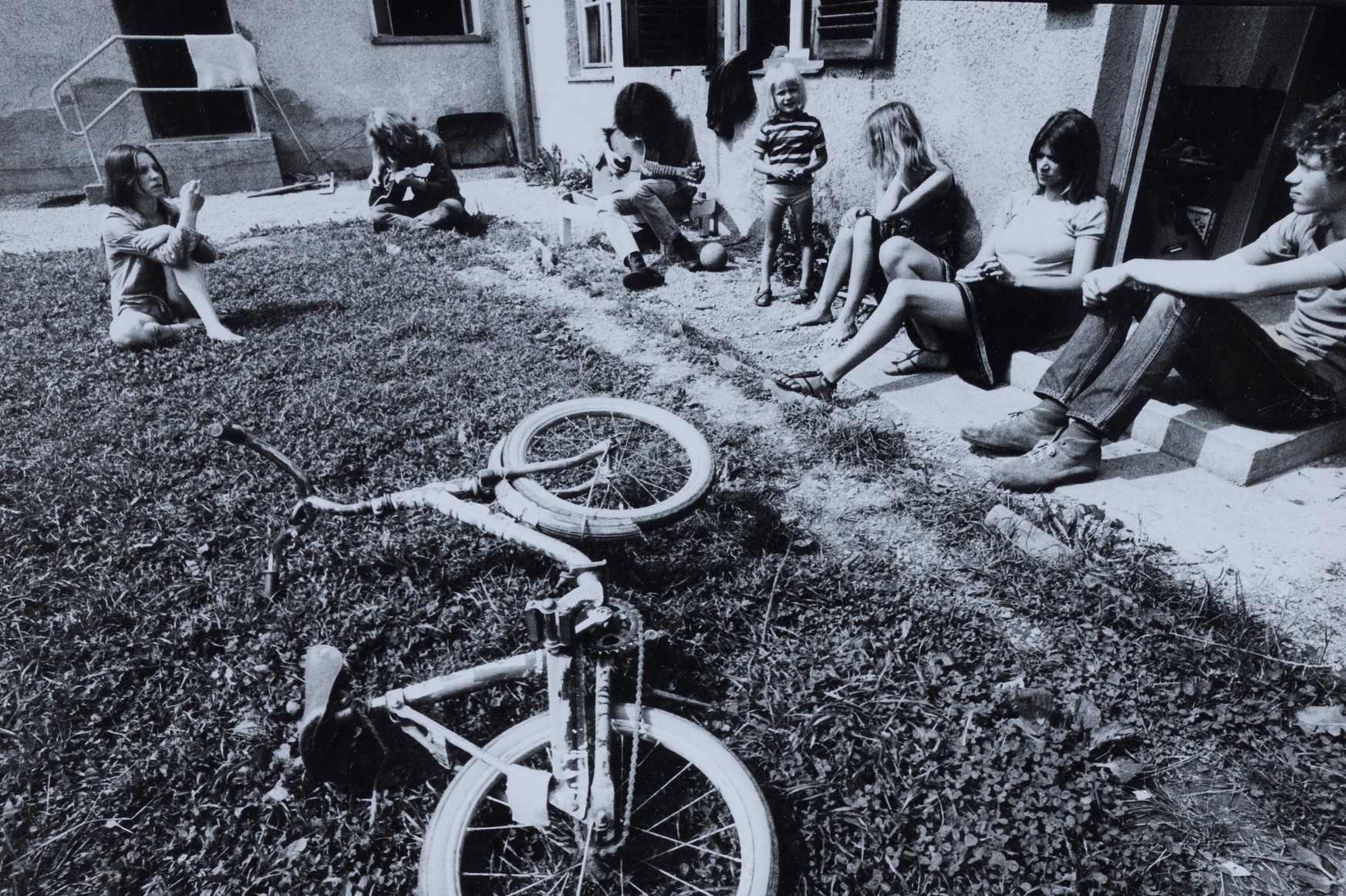
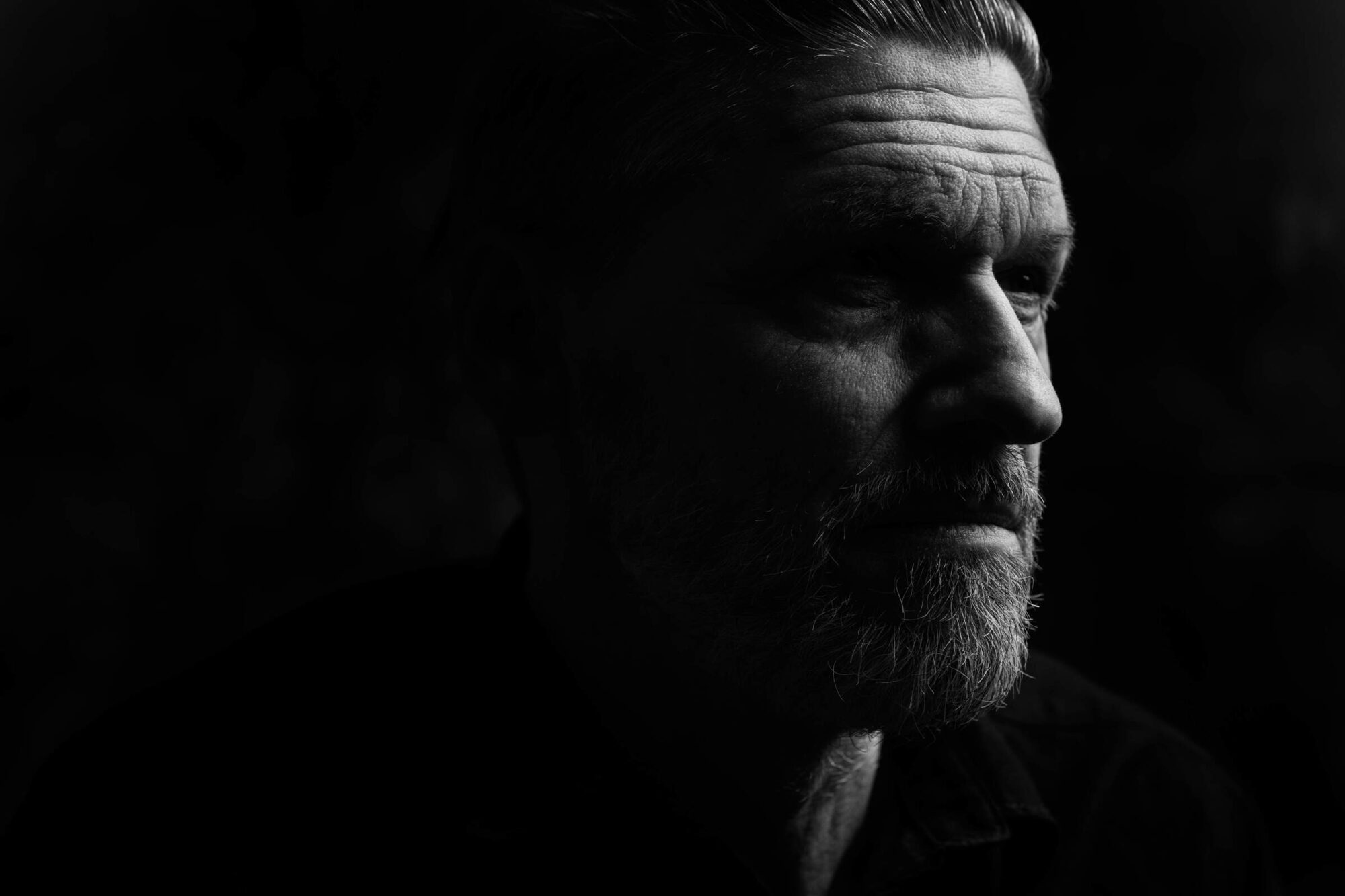
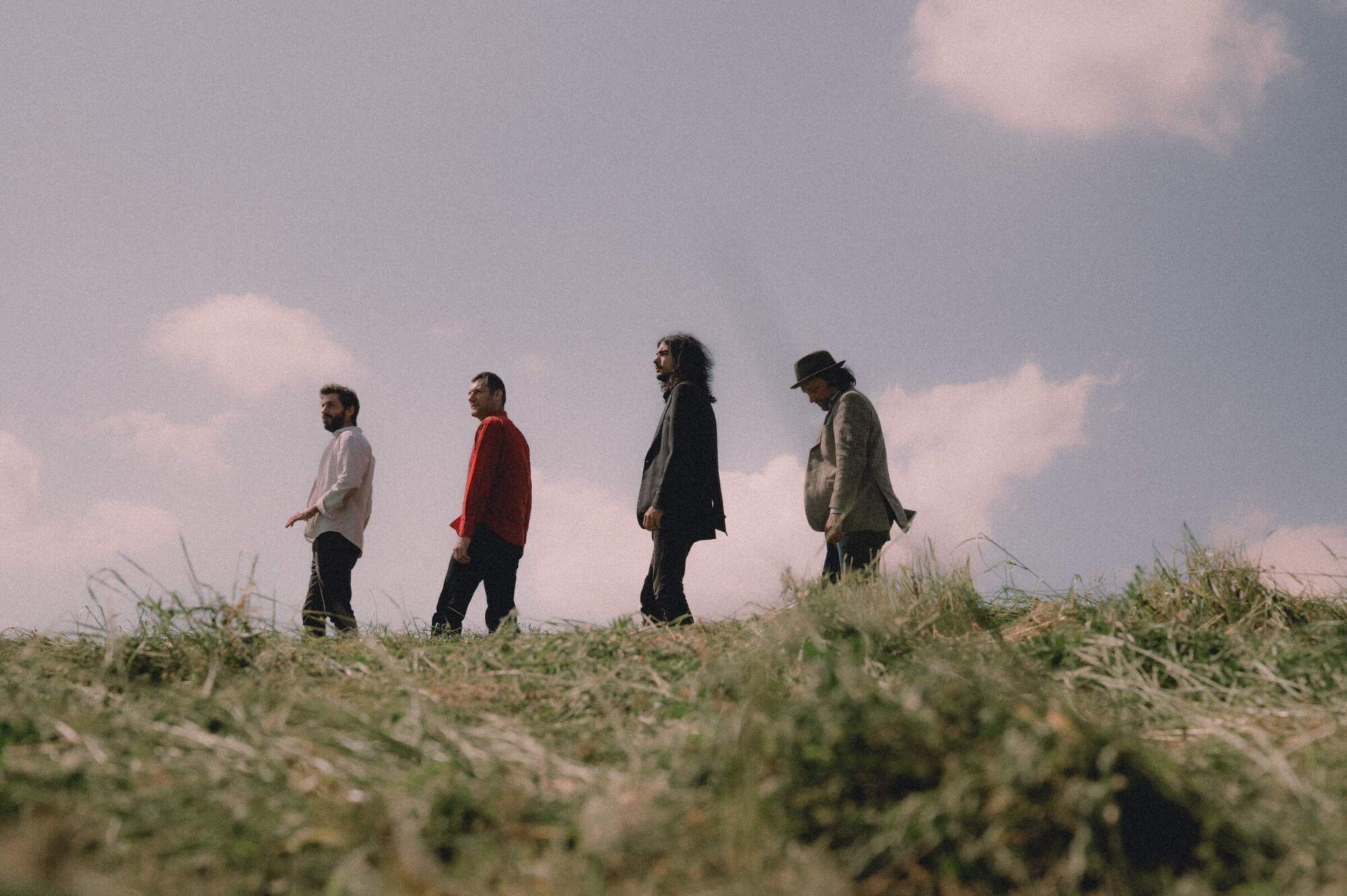
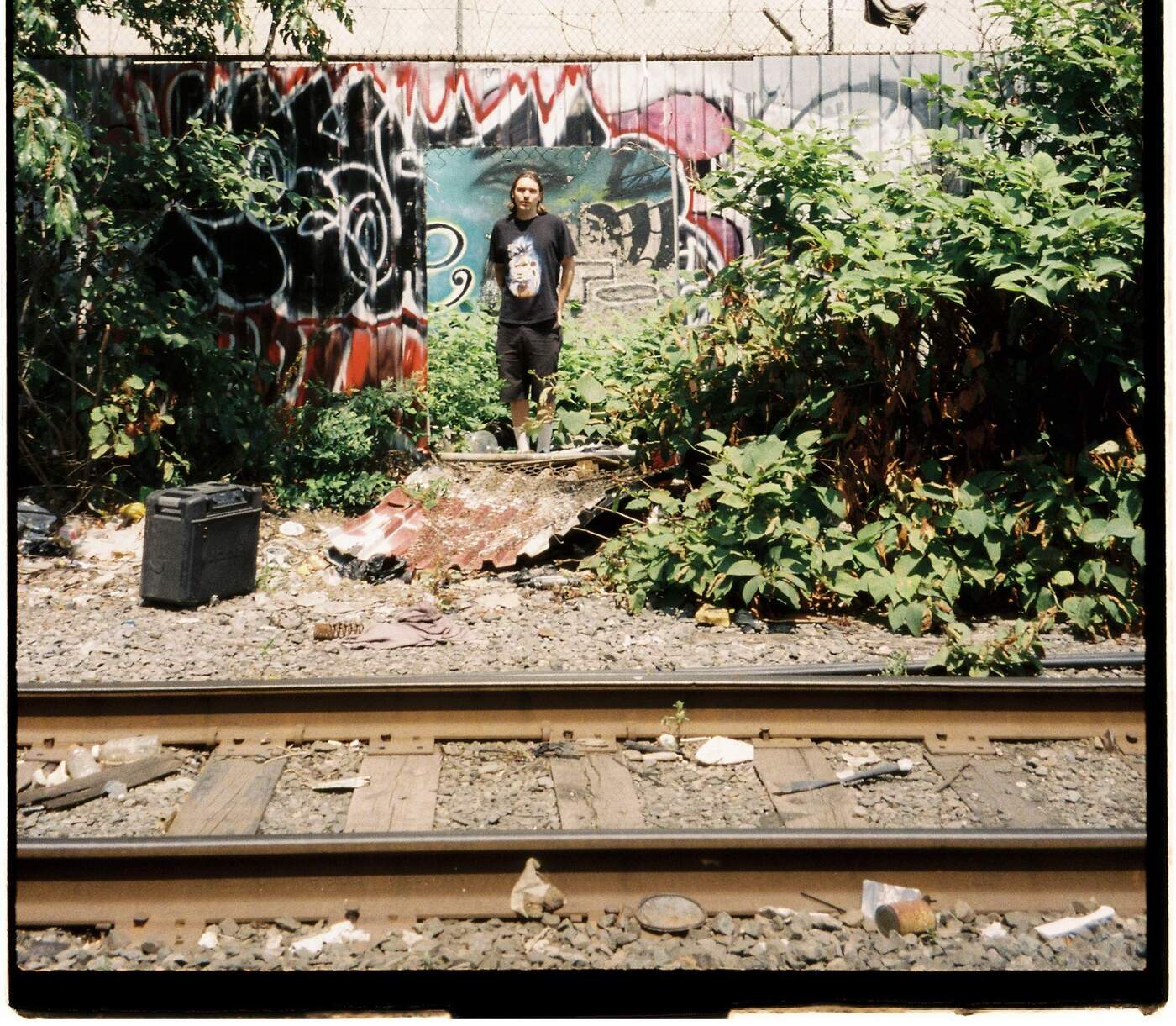
Good to see a Krautrock legend featured here. I’m more familiar with Amon Düül II so it’s nice to know more about them in their initial phase.
I think one of the Filanda sisters used to be Jon Anderson’s girlfriend when he was in Germany with The Warriors.
I met Chris Karrer in Munich in 1977 while playing saxophone one the street. I was hired by him to play on a session . I did not know about the history that Amon Duul had… I was told by others at the time that they had experimented in communal living and found that interesting. THis article helps me understand much more about the Band and their origins.
RIP Chris Karrer